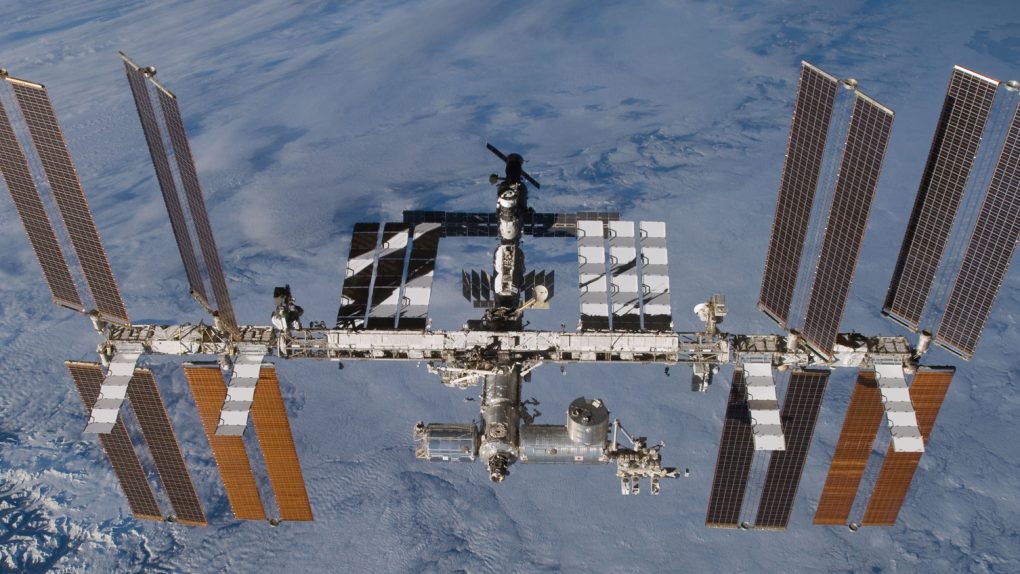- The International Space Station sprung a leak many weeks ago and NASA has yet to find out exactly where it is.
- The leak appeared to get worse on Monday night, but NASA now says that may have been due to a temperature change.
- The crew has isolated it to one module, but haven’t found the source of the leak yet.
since NASA revealed that it had detected an air leak aboard the International Space Station. Leaking breathable air into space when you’re orbiting Earth is obviously not ideal, so NASA wanted to trace the source of the leak. After a good bit of investigation, it came up empty-handed, but things just got even worse.
According to NASA, astronauts aboard the space station were awoken on Monday night by engineers on the ground that detected the leak getting bigger. It prompted additional testing of the modules that make up the space station and now it seems NASA has finally narrowed things down a bit.
NASA and Russia’s Roscosmos still don’t know exactly where the leak is, but based on pressure testing of the modules they’ve isolated the leak to “the main work area of the Zvezda Service Module,” which is on the Russian side of the space station. Despite the increase in the volume of the leak, NASA still insists that it poses no threat to the crew, which is obviously good news.
NASA says that a temperature change may have made it appear as though the leak was getting worse when it actually wasn’t, but there are a lot of unanswered questions here.
“NASA astronaut and station commander Chris Cassidy and Roscosmos cosmonauts Anatoly Ivanishin and Ivan Vagner were instructed to move into the Russian segment to collect data at various locations in the Russian modules,” NASA explains. “The size of the leak identified overnight has since been attributed to a temporary temperature change aboard the station with the overall rate of leak remaining unchanged.”
Hmm. Okay then.
NASA says the crew closed the hatches of the Zvezda module “one by one” and used “an ultrasound leak detector” to try to hone in on the location. Readings on the pressure inside the module were taken multiple times in the hopes of further isolating the source of the leak. After the measurements were taken, the hatches were reopened and everyone went back to business as usual, but the leak itself still isn’t fixed or even conclusively identified.
The good news here is that the International Space Station leaks all the time. It’s not a perfectly sealed machine, and a small bit of air seeps out on a regular basis. This slightly above-average rate of leaking is what prompted NASA and Roscosmos to investigate, but when NASA says it doesn’t pose a threat to the crew, it would seem that’s entirely accurate.








